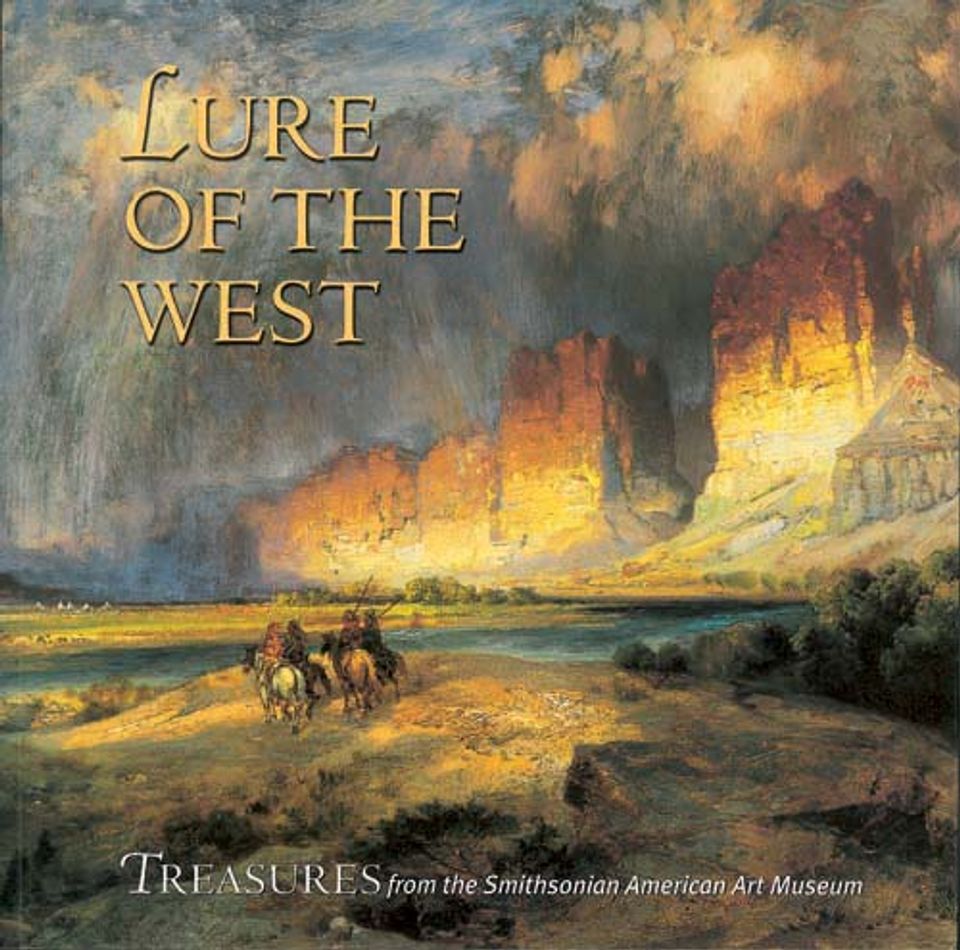Artwork Details
- Title
- Cliffs of the Upper Colorado River, Wyoming Territory
- Artist
- Date
- 1882
- Location
- Not on view
- Dimensions
- 16 x 24 in. (40.5 x 61.0 cm.)
- Credit Line
- Bequest of Henry Ward Ranger through the National Academy of Design
- Mediums
- Mediums Description
- oil on canvas
- Classifications
- Subjects
- Figure group — male
- Landscape — mountain
- Landscape — river — Colorado River
- Landscape — Wyoming
- Indian
- Object Number
- 1936.12.4
Artwork Description
Exhibition Label, Smithsonian American Art Museum, 2006
Thomas Moran made several trips to the Green River beginning in the early 1870s. This area, which is also known as the Upper Colorado, was populated by 1882 due to the construction of the Union Pacific Railroad. Moran chose to paint the river and surrounding cliffs without the houses and settlers, however, and instead painted a small group of Native Americans on horseback. The small group of people together with the dramatic thunderstorm in the background emphasizes the sheer power and scale of the wilderness landscape.















